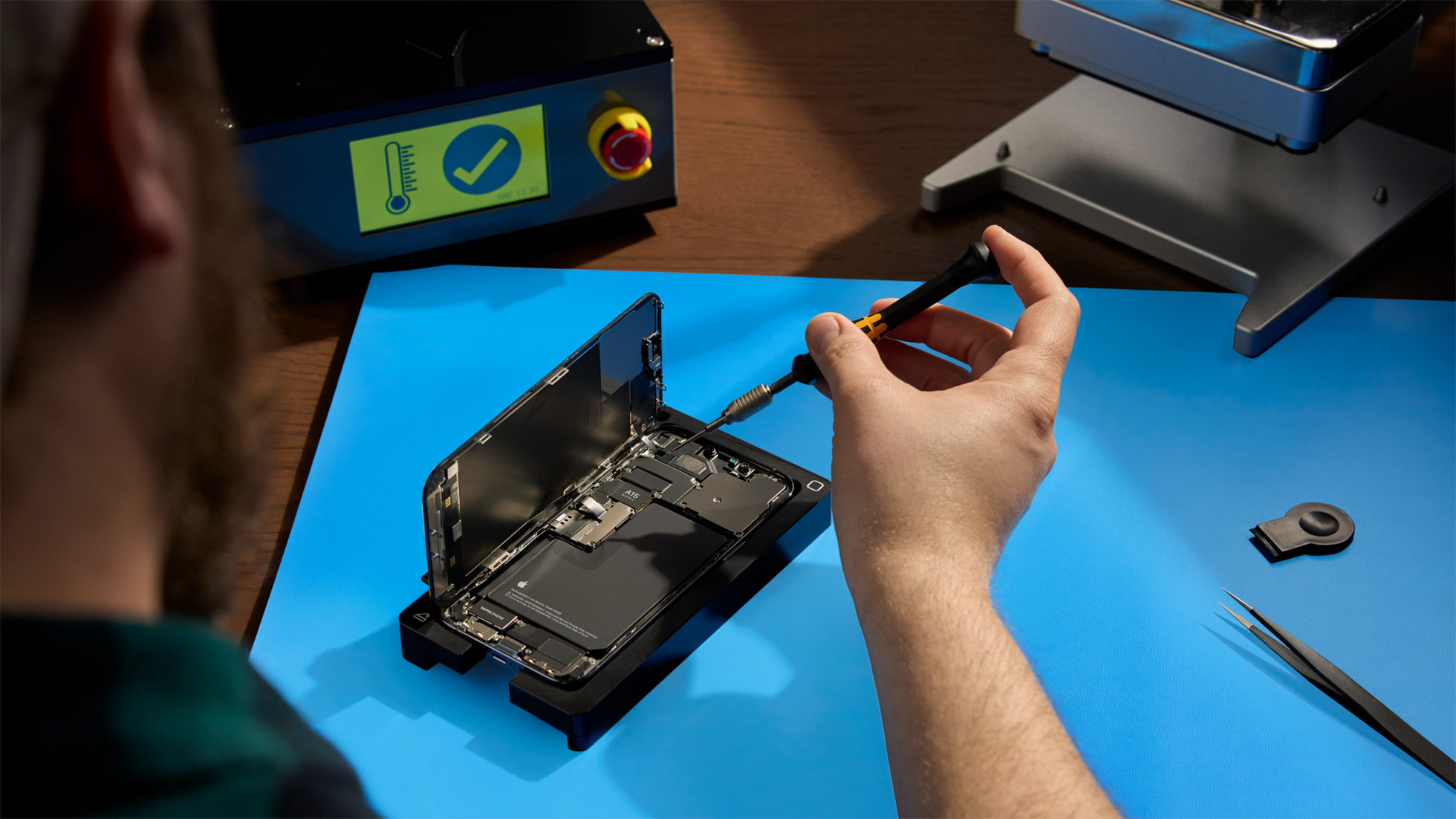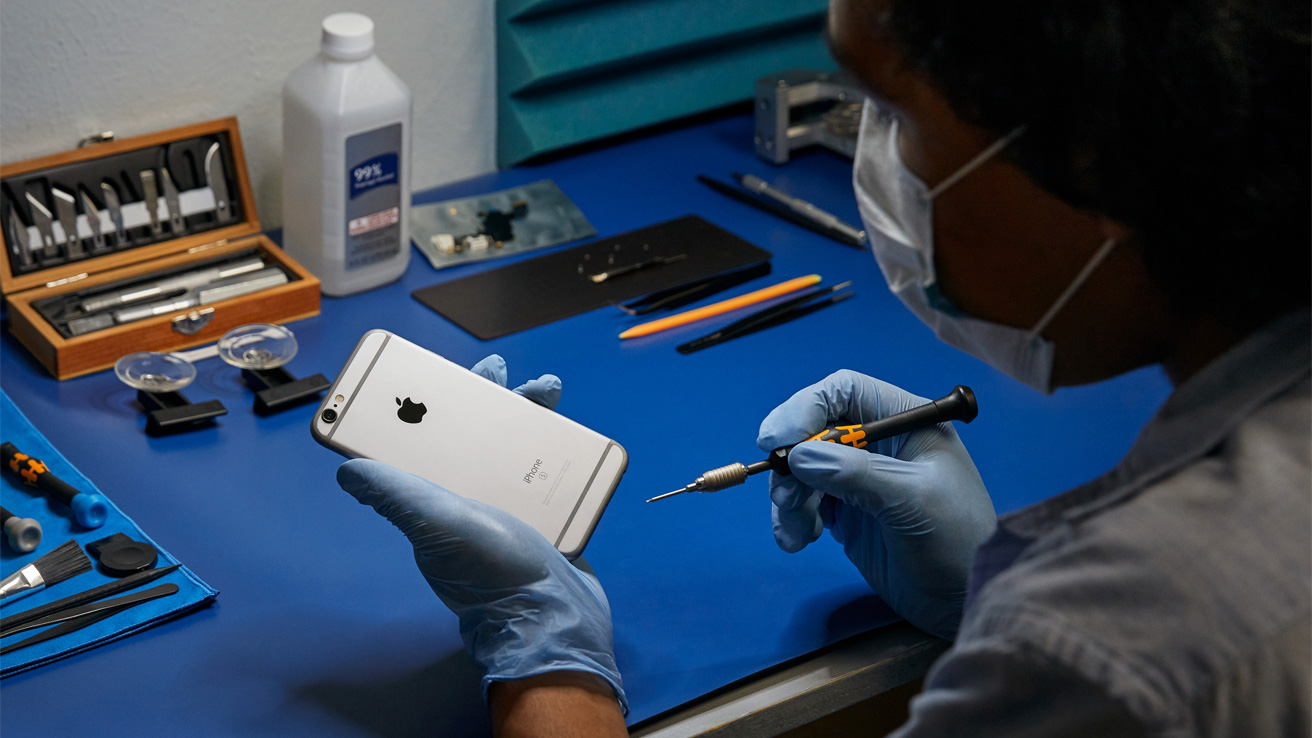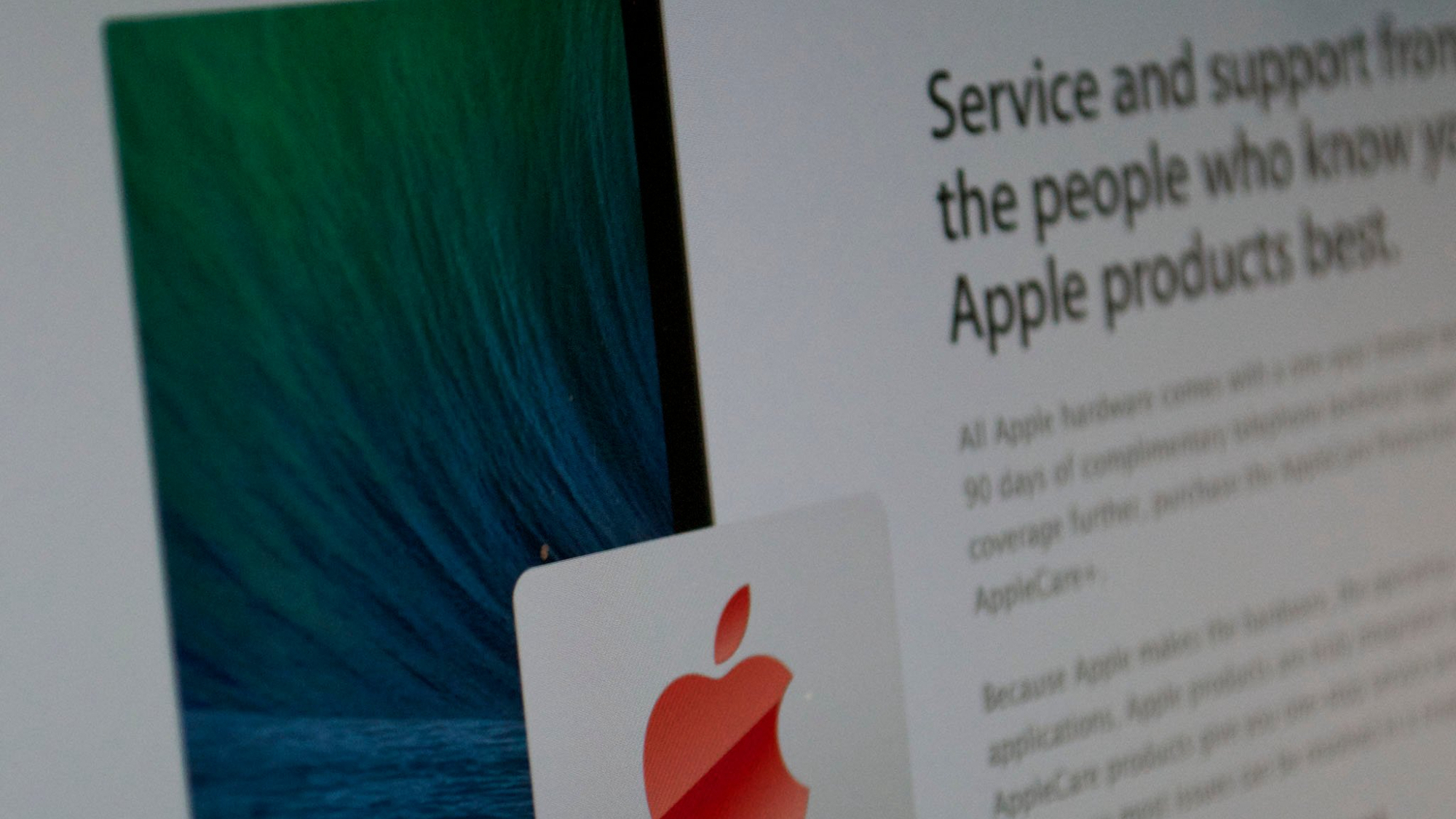iPhone repair exposé reveals Apple collects $9 billion from AppleCare sales and 'parts-pairing' vice
Should Apple be doing more?

A new report into Apple’s iPhone repair business has revealed that the company collects $9 billion in revenue from its AppleCare service, and may be pushing users towards the product by tightly controlling repair parts.
The News
A New York Times report this week claims that “since 2017, iPhone repairs have been a minefield”. The report states that more iPhone repairs are triggering breakdowns and warning messages as a result of “Apple’s practice of writing software that gives it control over iPhones even after someone has bought one.” According to NYT, the “rate at which parts can cause breakdowns has been rising about 20 percent a year since 2016,” and says a phenomenon known as “parts pairing” “has encouraged Apple customers to turn to its stores or authorized repair centers.” This in turn incentivizes users to buy its AppleCare insurance, which makes the company $9 billion a year in service revenue.
Why it matters

Apple’s iPhone models are expensive for customers, and the added cost of device repairs can be offputting for some. Apple has previously taken a notoriously closed stance onto “right to repair” matters and has only started offering users the option to do their own repairs in the last year or so. If Apple’s practices of tightly controlling repair parts are getting worse, many customers might feel they have no choice but to buy expensive insurance on top of their devices. However, Apple believes that it is protecting customers from poor repair jobs, aftermarket or unofficial parts, and a poor user experience.
The details
There are some really noteworthy details surfaced by the report. NYT says that in 2023 there are “seven iPhone parts can trigger issues during repairs, up from three in 2017.” Notably, with the iPhone 15, several parts don’t work as expected “when swapped with the same working part from an identical, new iPhone.”
As the report explains, “New iPhones are coded to recognize the serial numbers for original components and may malfunction if the parts are changed.” This means that the only “official” way to get a repair for something like a display, battery, or camera, is to go to your local Apple store or an authorized repair provider. NYT claims Apple charges “higher prices for parts and labor,” citing a typical screen repair at Apple as around $300, “about $100 more than work done by an independent shop using a third-party screen.”
The report says that “Apple’s grip on the repairs creates an incentive for customers” to purchase AppleCare in order to avoid fees on things like battery replacements and screen repairs.
The other wrinkle, of course, is sustainability, and the NYT cites “independent repair advocates saying the company could more effectively meet its goals of reducing carbon emissions by lowering repair costs to encourage people to maintain devices rather than buy new ones.”
Master your iPhone in minutes
iMore offers spot-on advice and guidance from our team of experts, with decades of Apple device experience to lean on. Learn more with iMore!
In response
According to the report, Apple defended its practices and “said the company supported a customer’s right to repair a device and had created a self-service repair program to help.” A quote from the company reads “We have been innovating to offer our customers the best choice and options when their product needs service.” iMore has reached out to Apple for the full statement.
iMore’s take

"As an ex-Apple technician, I feel comfortable repairing my iPhone at home but I understand that many customers aren't. Where you take your smartphone for repair should, in my opinion, be completely up to you. Yes, you'll get a better repair going directly to Apple, but why should someone be prevented from selecting the repair that fits their needs best, whether that's financially or geographically?"

I think it’s important to note that Apple has taken some important steps in making its devices more repairable and more sustainable in recent years. For instance, the repair cost of the iPhone 15 Pro’s back glass is more than $300 cheaper in this year’s model than the previous best iPhone thanks to a new manufacturing process. However, iFixit has elsewhere stated that the new iPhone’s repairable design is undermined by parts-pairing.
While it’s true that parts-pairing does seem overtly restrictive, it’s important to remember that using swapped parts from other iPhones or cheaper third-party alternatives can cause issues with a device, affecting customer experience and even rendering devices useless. As iFixit themselves note repair shops “harvest parts from broken devices” and use third-party parts, a practice many iPhone owners might prefer to avoid. People like our own resident ex-Genius John-Anthony might well feel confident making their own repairs or trust the judgment of a local repair shop, but the vast majority of users likely aren’t in that position. The issue of the right to repair remains a tricky one, but I don’t blame Apple for wanting to tightly control the user experience of its most valuable customers, many of whom are happy to pay a premium like AppleCare to have peace of mind.
More from iMore

Stephen Warwick has written about Apple for five years at iMore and previously elsewhere. He covers all of iMore's latest breaking news regarding all of Apple's products and services, both hardware and software. Stephen has interviewed industry experts in a range of fields including finance, litigation, security, and more. He also specializes in curating and reviewing audio hardware and has experience beyond journalism in sound engineering, production, and design. Before becoming a writer Stephen studied Ancient History at University and also worked at Apple for more than two years. Stephen is also a host on the iMore show, a weekly podcast recorded live that discusses the latest in breaking Apple news, as well as featuring fun trivia about all things Apple. Follow him on Twitter @stephenwarwick9
